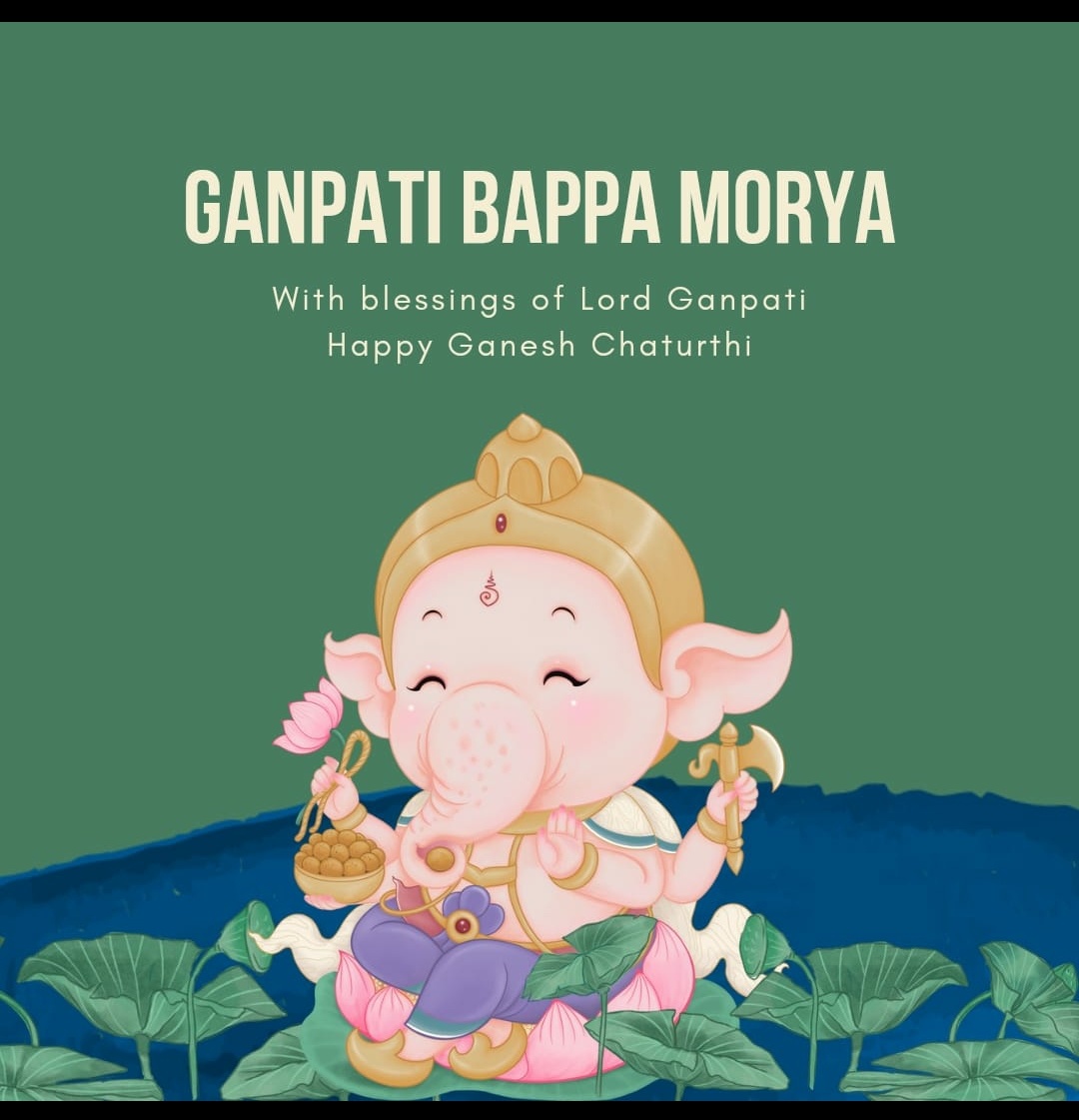Laddu: A fascinating journey of a sweet from medicine to popular sweet.

A Bhartiya thali is incomplete without a sweet or Mithai. We all love sweets and there are varieties to choose from- kheer, halwa, malpuas, barfis and laddus. Every region has its own favorites. But if there was one sweet that could be defined as the national sweet, it would have to be the Laddus. The sweet balls made with flour, ghee, sugar and nuts are undoubtedly the most popular sweet not only of the country but the whole sub-continent. A festival or any occasion seems incomplete without having a laddu.
While most of our favorite sweets have evolved from foreign influences, the laddu is purely Bhartiya. It is one of the oldest sweets which is described in our ancient texts as “Ladduka” or “Modak”. Our beloved Ganesh Ji is always depicted with plates full of laddus. Little Krishna is lovingly called Laddu Gopal. Laddus have a strong religious and cultural significance. The sweet and nutty flavours of laddu are associated with happiness and good fortune and are an ideal choice for any auspicious events. They are an important part of the food that is offered to Gods and distributed as Prashad to the devotees. The Tirupati temple is famous for its Laddus.
The Popularity of this sweet lies in its versatility. There is no fixed recipe. It depends largely on the availability of the ingredients and every region has its own variations. In the northern states motichoor, besan or churma laddus are famous while in the south coconut and spices dominate the sweets.
Did you know that Laddus were created as medicine?
Here is a fascinating story of laddu and its journey from being a medicine to the sweet we love so much. Sushrut, the legendary surgeon of the 4th century BCE is credited for the invention of laddus. He would roll sesame seeds or peanuts with Jaggery into small spheres and give to his patients as antiseptic. The sweet balls helped him manage the dose and also made it easier for the patients to consume. These were the earliest til laddus that are still popular in winters. Sushrut has listed about 700 herbs that were used for treatment. Even today, new mothers are given laddus that include ingredients like turmeric, gond, dry ginger which are known for their medicinal properties.Over the years the recipe must have been picked up by women to keep their family healthy.
This was until archaeologists discovered that making laddus was known to the people of Indus Valley civilization which existed centuries before Sushrut. During an excavation at an harappan site near Anupgarh in Rajasthan, they found seven similar-sized laddus. The laddus, dating back to around 2600 BCE, were found near the bank of a river, now dried, and had been a part of some ritual. These laddus were made with multi grains and dals which suggests that the Indus valley people ate healthy foods.
The laddus were tasty and healthy, an added advantage was its long shelf life which made them popular with the travellers. The records tell us that the soldiers of the Chola army were given coconut laddus for good luck. Laddus are packed with young brides to their new homes.
The Persian and the Mughal influence gave laddu a new avatar, the Shahi Laddu. This was our simple laddus made richer with dry fruits, figs and dates with added flavours.
A turning point came in the sweet making with the introduction of sugar during British rule. Honey, Jaggery and other natural sweeteners were now replaced by sugar which was cheaper and easily available. Many shops came up where sweets were produced in large quantities. The Old and healthy ingredients were replaced by mawa, suji and chhena, and laddus became unhealthy, loaded with calories.
In 2019, a pandemic broke out which affected the life of people all over the world. But there is one positive thing that we all realised the importance of healthy living and are taking interest in the wisdom of our ancient rishis. Thankfully, the healthy laddus are making a comeback. Many sweet shops are now offering a range of laddus that are sugar free and made with natural sweeteners, honey and jaggery. The methi, ashwagandha, dry fruit or multigrain - to name a few. So, this year you can enjoy the festive season with tasty bites of your favourite sweet without feeling guilty.